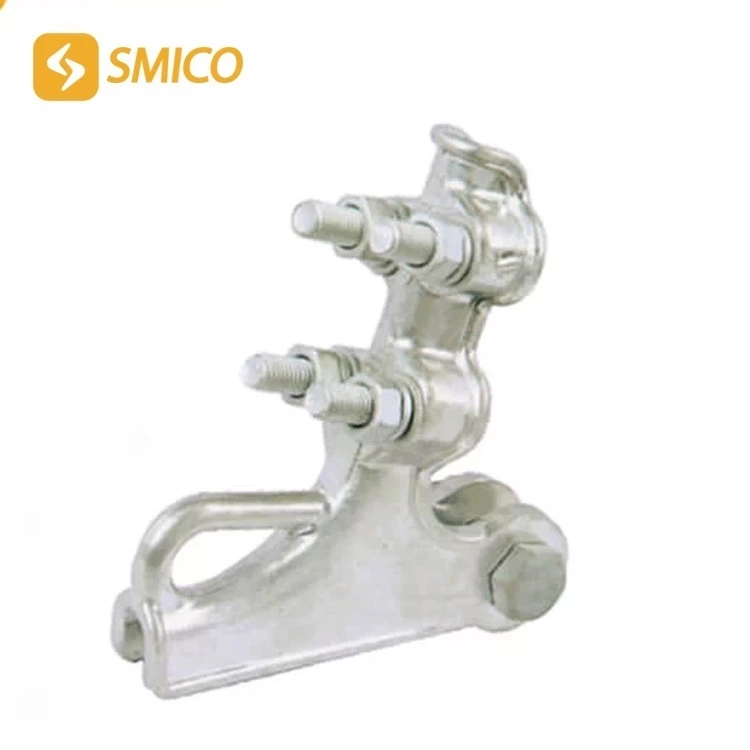Crimping Steps And X-ray Inspection Of Bolt-type Tension Clamps
Preface
Strain clamps are mainly divided into
bolted type strain clamp, pre-twisted wire type, and compression type tension clamps.
① dead end strain clamp uses the friction generated by the vertical pressure of the U-shaped screw and the wavy wire groove of bolted dead end clamp to fix the conductor.
Applicable to 10kV and below
Small and medium-sized aluminum stranded wire, steel stranded wire and steel core aluminum stranded wire.
② Pre-twisted wire type tension clamps use the friction between the inner and outer twisted wires and the ground wire to fix the conductor.
The advantage of this method is that there is no need to disconnect the ground wire.
Since the optical cable needs to minimize the number of joints,
it is not necessary to disconnect,
therefore, the tension clamps of OPGW and ADSS optical cables are all of this pre-twisted wire type.
The disadvantages of pre-twisted wire tension clamps are also:
It is only suitable for small-section ground wires.
③ When the clamp requires a large grip,
a compression type tension clamp must be used.
We know that the conductor is generally composed of a steel core and an aluminum strand. The steel core bears the mechanical load, and the aluminum wire bears the electrical transmission. Similarly, the installation of the tension clamp can be divided into two levels. First, the steel anchor and the steel core of the conductor are crimped to bear the mechanical load of the conductor. Then the aluminum tube and the aluminum strand of the conductor are crimped to realize the transmission of current.

